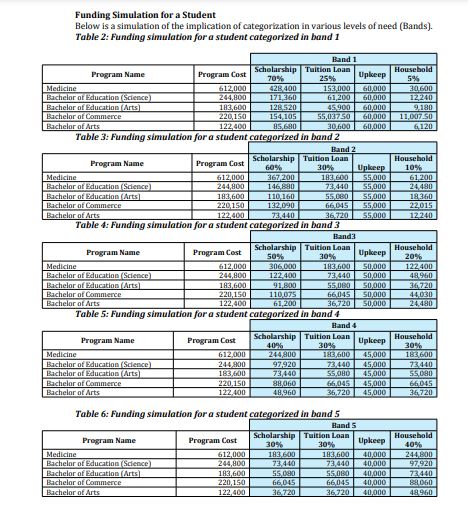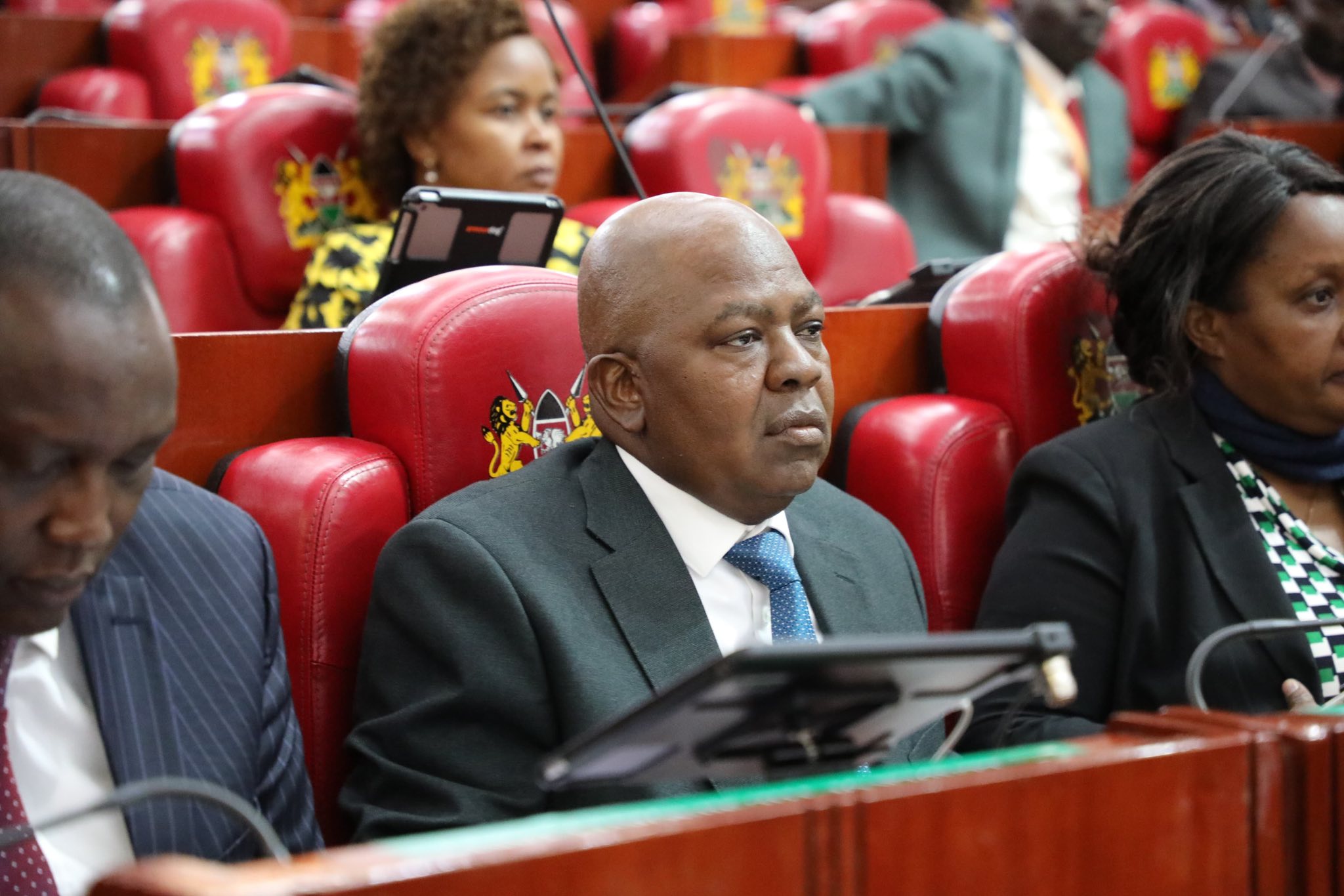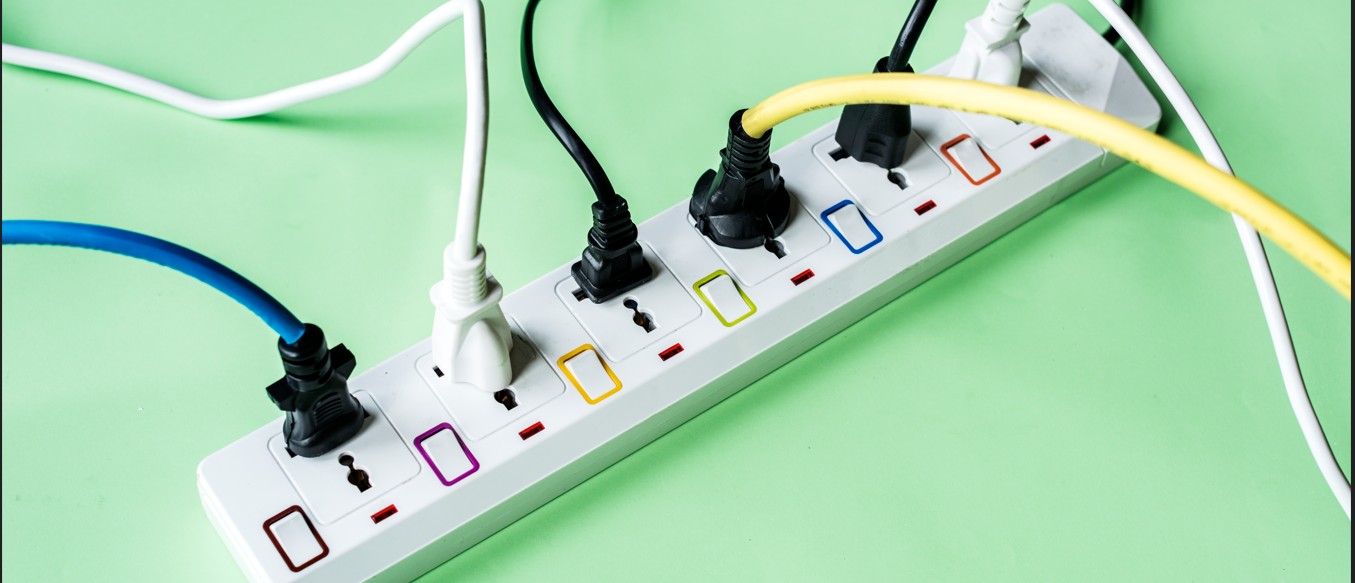Relief for varsity students as Education Ministry unveils new fees structure

Universities have been directed to ensure new admission letters reach all first-year students by Monday, August 19, 2024.
First-year students and their parents can now breathe a sigh of relief after the Education Ministry finally released the new fee structures, detailing the exact amounts they will need to pay for their courses, just two weeks before admission.
Education Cabinet Secretary Julius Ogamba said all universities are already issuing revised letters to the first batch of 125,893 students who applied for loans and scholarships under the new student-centred model.
More To Read
- Kenya’s public schools on the brink amid illegal fees, funding shortfalls
- KUPPET proposes overhaul of funding, abolition of bursaries in fresh push for fully free public education system
- Maraga slams scrapped university funding model as "poorly planned", says government acted without foresight
- Ruto affirms commitment to free, quality primary and secondary education despite budget strain
- Education CS Julius Ogamba announces major shake-up in public university leadership
- HELB resumes disbursements to KMTC students after Treasury releases Sh500 million
Universities have also been directed to ensure new admission letters reach all first-year students by Monday, August 19, 2024.
The new fee structures are in line with the Higher Education Funding Model which aims to ensure equitable access to higher education by directly supporting students based on their financial needs rather than allocating funds to institutions.
This approach, according to the Ministry, ensures that resources are allocated more equitably based on individual student needs.
Students have been categorized into five levels based on household income. The first level includes students from homes earning less than Sh5,995 per month. These students will receive the highest level of government funding, covering 95 per cent of their university tuition fees through a combination of scholarships and student loans. Students will also get a Sh60,000 upkeep allowance. Families will only be required to contribute five per cent.
For example, a student in Band 1 pursuing a medicine course costing Sh612,000 will receive a 70 per cent scholarship from the government, which is Sh428,400, and a 25 per cent tuition loan, which is Sh153,000. The student will also receive a Sh60,000 upkeep allowance. The family will then be required to pay Sh30,600.
The second level includes students from households with an income ranging from Sh5,995 to Sh23,670 per month. These students will receive the second-highest level of government funding, covering up to 90 per cent of their tuition fees. This funding will consist of a 60 per cent scholarship and 30 per cent student loans. Students will also get a Sh55,000 upkeep allowance. Families will only be required to contribute 10 per cent.
In this Band, if a student is pursuing a Bachelor of Education (Science) course which costs Sh244,800, the government will provide a 60 per cent scholarship which is 146,880, and a 30 per cent tuition loan, which is Sh73,440. The student will also receive a Sh55,000 upkeep allowance. This means that the family will only be required to pay Sh24,480 for the programme.
The third level includes students from households with an estimated income between Sh23,671 and Sh70,000 per month. At this level, the government will provide 80 per cent of the tuition costs, consisting of a 50 per cent scholarship and a 30 per cent student loan. Households will be responsible for the remaining 20 per cent. Students will also receive a Sh50,000 upkeep allowance.

The fourth level consists of students from households with an income between Sh70,001 and Sh119,999 per month. Here, the government will cover 70 per cent of the tuition costs, with 40 per cent coming from scholarships and 30 per cent from student loans. Households will be required to contribute 30 per cent. Students will also receive a Sh45,000 upkeep allowance.
The fifth level includes students from households with an income above Sh120,000 per month. At this level, the government will provide 60 per cent of the tuition costs, comprising a 30 per cent scholarship and a 30 per cent student loan. Households will contribute 40 per cent. Students will also receive a Sh40,000 upkeep allowance.
Ogamba said aggrieved students can appeal placement in any of the five funding categories. A message from the university funding board to the beneficiaries of scholarships also indicates that students can appeal through the Higher Education Fund website.
“The appeal process for government scholarship awards under the new higher education funding model is on. Apply for a review of your scholarship award: www.hef.co.ke,” reads the message.
The students represent the second cohort under the new university funding model, which has faced scrutiny and questioning from stakeholders since its inception.
The Ministry of Education was tasked with completing the assessment of each student’s financial need to determine their eligibility for financial assistance. This led to the recall of all admission letters which had not indicated the exact fee payable by a household.
In June, legislators called for the nullification of the model, raising concerns about the criteria used to place students in different bands for the allocation of scholarships and loans.
The Ministry uses the Means Testing Instrument (MTI) to assess the financial needs of each student by considering a range of socio-economic indicators such as household income, geographic location poverty probability index, special circumstances such as orphan and disability, the number of dependents, and more. This ensures that financial aid is distributed based on the financial status of the student.
Indicators are scientifically weighted to ensure a fair and unbiased determination of need, promoting equity in the allocation of funds.
Education PS Beatrice Inyangala has assured students that their placements in specific academic programmes remain secure. This means that their university admissions and course placements are unaffected by fee changes.
Top Stories Today










































